Tax Returns Yield Fewer Mistakes

Tax Returns Yield Fewer Mistakes
Analysis by the Internal Revenue Service indicates that the error rate for individual tax returns has been cut by more than half. Last year, the IRS identified 2.7 million math mistakes made by 2 million taxpayers on their 2011 returns, compared to the 6.6 million errors found in 2011 on 5 million 2010 tax returns.
Half of the mistakes in 2011 were due to the Making Work Pay Credit, which could have potentially provided up to $400 per worker. People who prepared their own returns were not always aware that they could qualify for this credit, and the IRS had to calculate this for them.
More than 24% of mistakes on returns were with the amount of tax owed, with 15% of errors being on exemptions claimed and 13% from those claiming the Earned Income Tax Credit. However, even with the Making Work Pay Credit accounting for 3.3 million mistakes, the numbers are considerably down from the previous year.
According to the IRS and most tax professionals, the main reason is e-filing. When a return is filed with the IRS, it is screened for mistakes and is either sent back to be fixed or sent on to be filed. In 2009, 66% of returns were filed electronically – and by last year the figure had risen to 81%. So the increased use of electronic filing subjected the returns to an additional layer of error detection.
Because the main mistake taxpayers make involve math and calculation errors, the use of professional tax preparers decreases the chance for these mistakes. In fact, the professionals and their software vendors devote most of the year preparing their products and staff members to identify and prevent the most common errors before the return is filed.
That’s in stark contrast to the error-checking in self-prepared returns and off-the shelf consumer software. Unlike tax professionals, self-prepared and off-the-shelf solutions involve virtually no human interaction – the software has no idea whether the return makes sense, because it can only deal with the information it is given. Human interaction as part of the tax interview process is the foundation for effective error checking.
As the tax code takes on more complexity in the years ahead – with rate changes, the Affordable Care Act, and a reduction in some deductions all under consideration – reducing errors will require the kind of workflow management and review systems that are a part of professional tax preparation but may be less effective with off-the-shelf solutions. Unless or until the tax code becomes less complicated, the first line of defense against errors is a professional tax preparer using the best available software solutions.



